Especially when you start researching travel insurance, organizing a trip might feel like learning a new language. Understanding the lingo used by the industry can make the difference between receiving the coverage you require and being left with unanticipated costs in the event that something goes wrong.
Whether you’re booking your first international adventure or you’re a seasoned traveler, knowing these key terms will help you make smarter decisions about protecting your investment. Here is a list of 17 travel insurance terms that every traveler should understand before purchasing a policy.
Deductible

Your deductible is the amount you’ll pay out of pocket before your insurance kicks in. Think of it like the entry fee to access your coverage benefits. If you have a $100 deductible and file a $500 claim, you’ll pay the first $100, and the insurance company covers the remaining $400.
Premium

This is simply the price you pay for your travel insurance policy. Premiums vary based on factors like your trip cost, destination, age, and the level of coverage you choose. Shopping around can save you money, but remember that the cheapest premium doesn’t always mean the best value.
Pre-existing conditions

These are health issues you had before purchasing your travel insurance policy. Most standard policies won’t cover complications from pre-existing conditions unless you meet specific requirements. Many insurers offer a waiver for pre-existing conditions if you buy coverage within a certain timeframe after making your first trip payment.
Trip cancellation
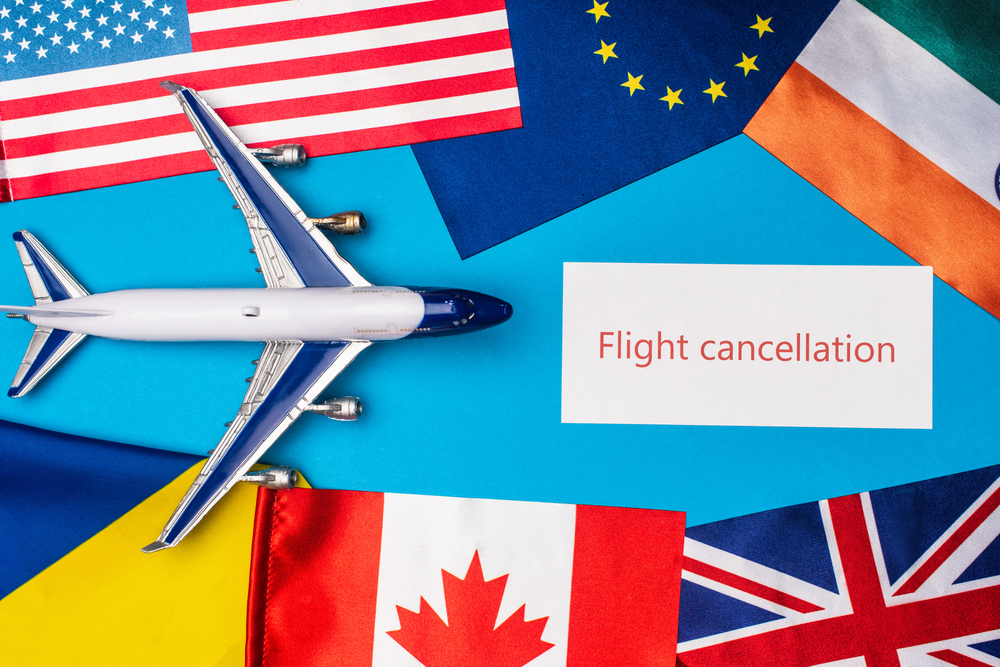
If you must cancel before departure for a covered cause, this coverage reimburses you for the non-refundable travel expenses. Illness, injury, the death of a family member, or other particular situations specified in your insurance are usually covered reasons. When life throws you a curveball, it’s like having a financial parachute.
Trip interruption
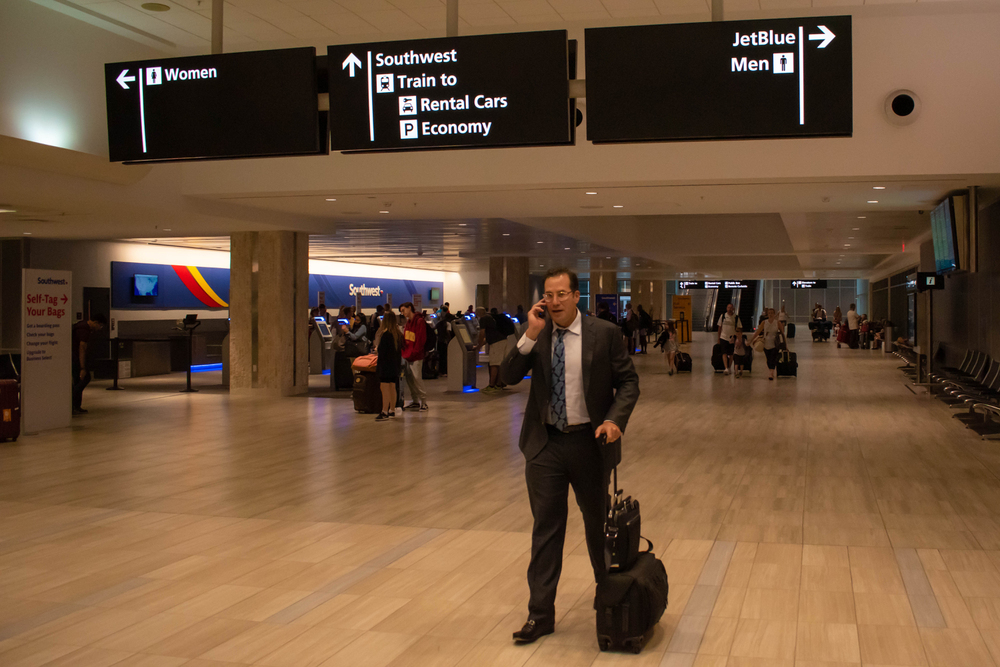
While trip cancellation covers costs before you leave, trip interruption kicks in if you need to cut your trip short and return home early. This coverage can reimburse you for unused, non-refundable trip costs plus additional transportation expenses to get home. It also covers the cost of resuming your trip if the interruption is temporary.
Medical evacuation

Emergency transportation to the closest suitable medical facility or return to your home country is covered by this policy. Tens of thousands of dollars may be spent on medical evacuations, particularly when the patient is traveling from a far-off place or a nation with inadequate medical facilities. Consider that your lucky ticket out of a foreign medical nightmare.
Repatriation

This somber but important coverage handles the cost of returning your remains to your home country in case of death during travel. While nobody wants to think about this scenario, repatriation can cost $10,000 or more. Having this coverage ensures your family won’t face additional financial burden during an already difficult time.
Baggage coverage
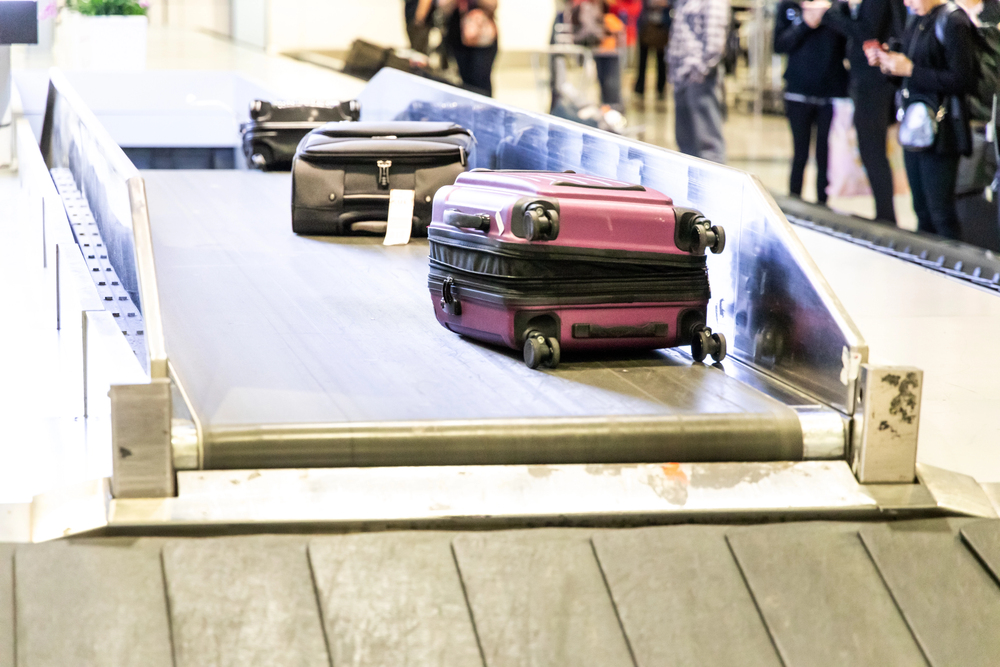
DepositPhotos
This protects you if your luggage is lost, stolen, damaged, or delayed. Coverage typically includes both your belongings and the bag itself, though expensive items like electronics and jewelry often have sub-limits. Most policies also provide money for essential items if your baggage is delayed for a certain number of hours.
Trip delay

When your departure is delayed for a covered reason beyond your control, trip delay coverage reimburses additional expenses like meals, accommodation, and transportation. The delay usually needs to be at least 6–12 hours to trigger coverage. It’s your insurance company’s way of saying, ‘Sorry your vacation got derailed.’
Missed connection
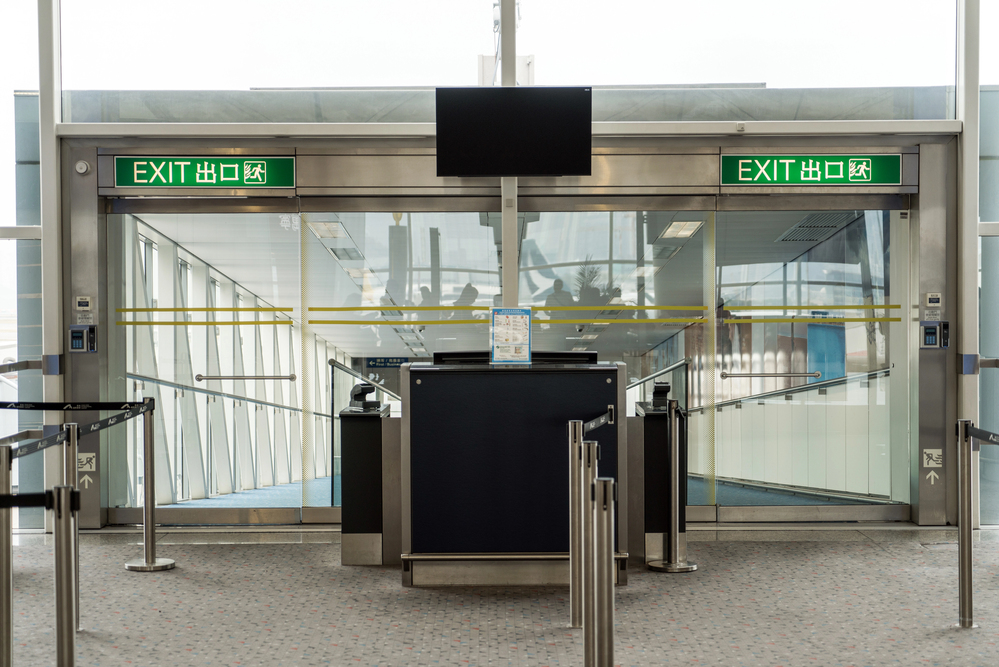
— Photo by wittayayut
This coverage applies when you miss a connecting flight due to the delay of your incoming flight, assuming both flights were booked on the same ticket. It covers additional transportation costs to reach your destination, plus reasonable expenses like meals and accommodation while you wait. Airlines should handle this, but sometimes insurance provides better protection.
Cancel for any reason (CFAR)

This premium add-on lets you cancel your trip for literally any reason and still receive partial reimbursement, typically 50–75% of your non-refundable costs. CFAR coverage must usually be purchased within a specific timeframe after your initial trip payment. It’s the ultimate flexibility, but it comes at a higher price.
Primary vs secondary coverage

Primary coverage pays claims first, regardless of any other insurance you might have. Secondary coverage only kicks in after your other insurance (like health insurance or credit card benefits) pays its portion first. Primary coverage is generally more convenient since you don’t have to coordinate between multiple insurers.
Exclusions

These are situations, activities, or circumstances that your policy specifically won’t cover. Common exclusions include acts of war, extreme sports, traveling against government warnings, and incidents involving alcohol or illegal substances. Reading the exclusions is just as important as understanding what’s covered.
Claims

A claim is your formal request for payment when something covered by your policy goes wrong. The claims process typically involves submitting documentation like receipts, medical reports, or police reports to prove your loss. Keep detailed records and receipts throughout your trip to make filing claims easier.
Policy period

This defines exactly when your coverage begins and ends. Some policies start coverage when you purchase them, while others begin on your departure date. Understanding your policy period ensures you’re protected when you need it most and helps you time your purchase correctly.
Beneficiary
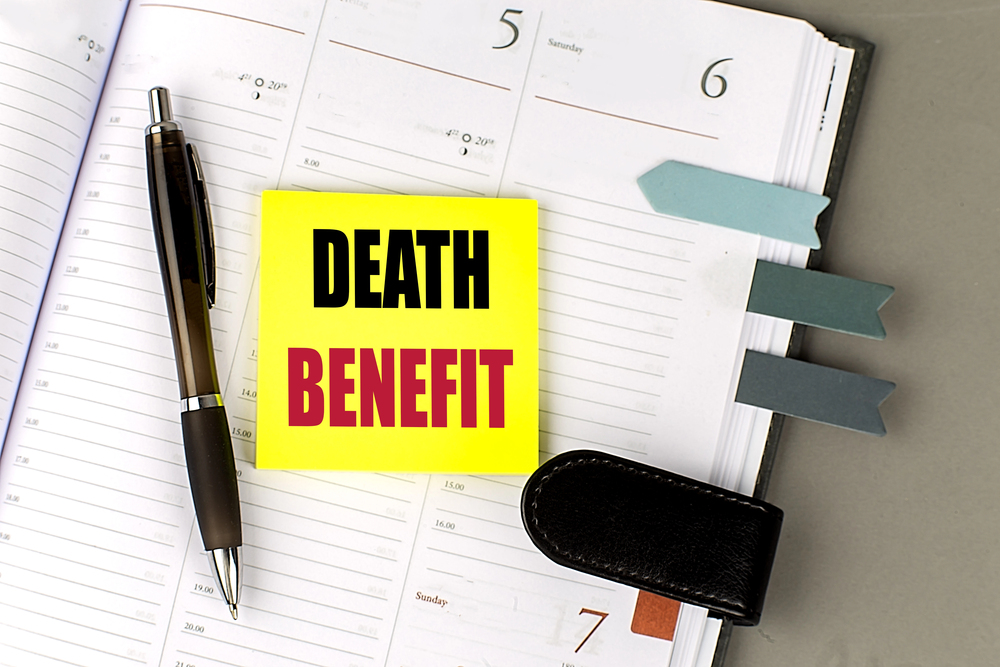
This is the person who receives payment if you die during your trip. You can typically name multiple beneficiaries and specify what percentage each receives. While morbid to consider, naming beneficiaries ensures your travel insurance death benefit goes to the people you choose rather than getting tied up in legal proceedings.
Look-back period

This is how far back insurance companies examine your medical history when determining coverage for pre-existing conditions. The look-back period is typically 60–180 days before your policy purchase date. Any medical condition you received treatment for, had symptoms of, or took medication for during this period could be considered pre-existing.
Making insurance work for modern travel

Travel insurance has evolved far beyond the basic policies of decades past, adapting to how we travel today. Modern policies recognize that travelers need protection for everything from missed connections due to app-based rideshare delays to coverage for the expensive electronics we can’t leave home without.
The terms might sound intimidating at first, but understanding them puts you in control of protecting your travel investment. Smart travelers today treat insurance terminology like they would any other travel prep—essential knowledge that makes the journey smoother and more secure.
More from Travel Pug

- 20 Best Beach Towns in the Carolinas
- 13 Destinations Where Tourists Regularly Regret Their Trip
- 20 Things You Actually Get in First Class
- 20 Small Airports With Aviation Museums
- 20 Places in the U.S. That Are Perfect for a Reset Trip
Like Travel Pug’s content? Follow us on MSN.
